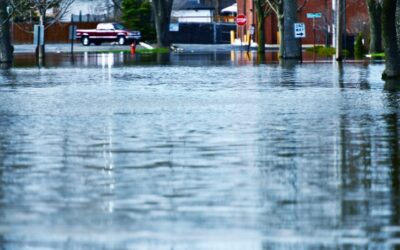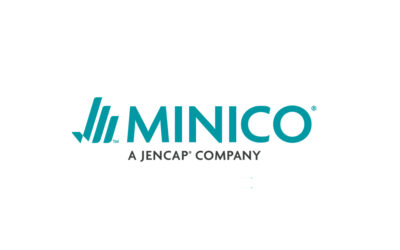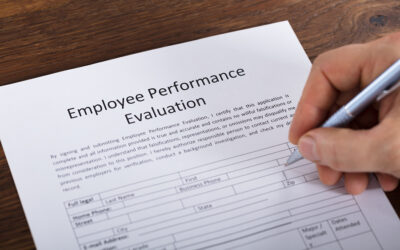Insurance claims for small businesses occur frequently enough; in 2020 alone, 3 out of 4 businesses experienced an event that could have resulted in an insurance claim. With that statistic in mind, it begs the question: “What are the most common claims for businesses?” Recent data indicates that claims resulting from natural disasters rank second on the list, right behind fire.
Strong winds and hail can cause property damage, interrupt business operations, and increase the risk of bodily injury claims on the premises. If you work with commercial clients that operate in geographic areas that are at an elevated risk for severe weather – hurricanes, tornadoes, hail, flooding – it’s in their best interest to understand these five ways to mitigate wind and hail damage. Putting these preventive measures in place, along with a specialty insurance policy, can go a long way toward protecting your client from unnecessary financial loss.
- Inspect the Building’s Roof
Business owners should conduct regular inspections of their roofs to make sure there aren’t any worn materials or weak areas that can cause significant leakage if a hailstorm, or any other storm, takes place. If certain areas of the roof have been identified as defective or loose, those areas should be promptly repaired by a roofing professional. Your insured should take into consideration that the older their commercial building is, and subsequently its roof, the more likely it will have worn-out roof materials (such as aged metals, shingles, tiles, and screws) that would need to be replaced. Upon a thorough inspection and examination, the roofing professional may recommend special materials to be installed that would provide the roof extra resistance to hail and wind damage.
- Install Impact-Resistant Windows
Hail is capable of shattering windows. For small businesses that operate in hail-prone areas, installing impact-resistant windows is of utmost importance. Impact-resistant windows are specially designed to prevent shattering, thereby serving as an extra barrier for the interior of the commercial building. The most commonly used type of impact-resistant windows for commercial properties are inner-membrane windows, which are made of polyvinyl butyral (PVB) layers. The PVB works as a strong adhesive to prevent the glass from splitting. However, it’s best that your insured consult a professional for selecting the best type of impact-resistant window for their commercial building in addition to the installation.
- Trim Surrounding Trees
With their lush leaves and bright foliage, trees can beautify a commercial setting and attract customers. These are reasons why plenty of retail districts incorporate trees as part of their business environment. Although trees readily enhance the appearance of buildings, they also pose a hazard during seasons of high wind and hailstorms. When trees fall down or break, it is not always an isolated incident; rather, they can cause structural damage to nearby buildings. Business owners can minimize the risk of structural damage from fallen trees by having the trees in the area inspected. Insureds can work with certified professionals and city officials to have trees inspected for weak branches, signs of decay, and to ensure the trees are trimmed regularly.
- Secure Equipment in a Secured Space
Insureds can prepare for the oncoming storm and hail seasons by keeping an eye on weather forecasts, especially if the business operates in hail-prone areas. Business owners can rent a self-storage unit to store their equipment and other valuables for times their area is impacted by severe weather. By transferring equipment to a storage facility before a storm hits, the business owner can prevent the loss of valuable equipment.
- Consider an Insurance Policy for Wind and Hail
We may not be able to control the weather, but we can reduce the likelihood of significant damage that these weather events may cause — especially with the strategies outlined in this article. With these five specific safeguards in place, your insured can also consider a weather-related insurance policy that is specifically designed for commercial property owners. This policy mitigates the out-of-pocket financial exposure associated with wind and hail damage by “buying back” a portion of a percentage wind/hail deductible.
MiniCo’s Wind/Hail Deductible Buyback Program allows business owners to lower their deductible and reduce their out-of-pocket exposure, thereby significantly lowering their overall costs in the event of a claim. Looking for a wind and hail policy for your client? Contact us for a quote!




